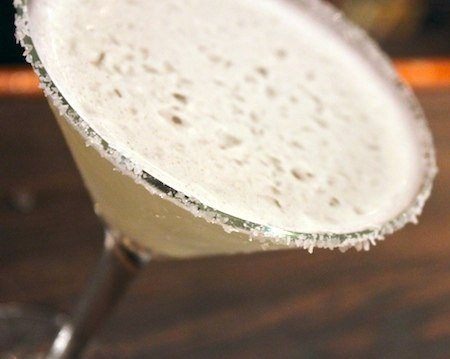What Is A Margarita?
Ah, the margarita, the seemingly unbeatable king of the tequila cocktail. Starting from humble origins in Mexico badlands, this drink has risen to become the favorite beverage of suave socialites and partying sorority girls alike.
So how to explain this cocktail's unwavering popularity? Like all good things, the key to the margarita is its simplicity. The pairing of only three easily attainable ingredients to form this magical elixir leaves endless room for customization, or for no-nonsense minimalism. Of course, at the end of the day, the reason the drink has had so much staying power is the flavor — a mix of sweet, tart, and sometimes a little salt.
The history of the margarita is one that has been debated feverishly since the 1940s, with everyone from Margaret Sames and Marjorie King to even Peggy Lee bragging that they had a hand in its creation. While there are countless stories to be told about the cocktail's origins, most historians nowadays believe that the drink started as a variation on the Brandy Daisy, a drink from the late 1800s, with tequila substituted in for brandy. Incidentally, "margarita" is Spanish for "daisy."
The margarita has experienced many changes in its years, including the introduction of the salted rim (to mimic a tequila shot), the invention of the frozen margarita, and the addition of new flavors. But, at its most basic, the drink is a combination of tequila, orange liqueur, and lime juice (with the lime juice and orange liqueur typically added in equal parts). From there, the door to creative interpretations opens — using lemon juice instead of lime, adding muddled jalapeños for heat, topping with champagne to make a sparkling cocktail.
However, with the resurgence of the popularity of classic drinks, people are beginning to realize that the only additions the classic margarita really needs are a lounge chair and a warm beach.
